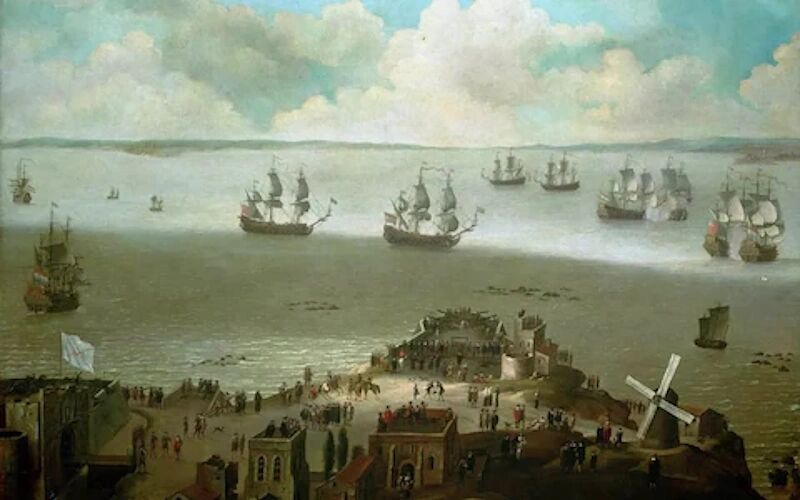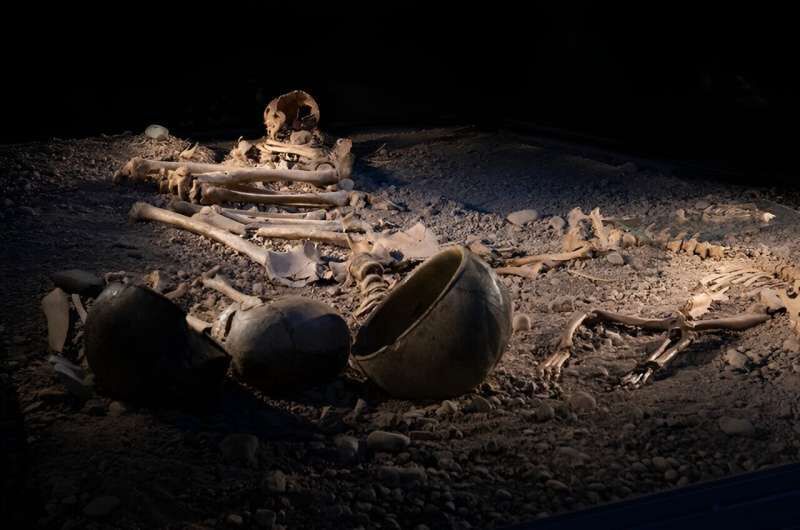Researchers think a sacred language inscribed in cuneiform on the tablet suggest the Hittite king visited or lived where the tablet was found in Turkey.

© Kimiyoshi Matsumura, Japanese Institute of Anatolian ArchaeologyThe ancient tablet is inscribed with cuneiform text in both the Hittite and Hurrian languages. The Hittite inscription describes the outbreak of war, and the Hurrian inscription is a prayer for victory.
The invasion took place during a Hittite civil war, apparently in an effort to aid one of the warring factions, according to a translation of the tablet's cuneiform text.
The palm-size tablet was found in May 2023 by
Kimiyoshi Matsumura, an archaeologist at the
Japanese Institute of Anatolian Archaeology, amid the Hittite ruins at Büklükale, about 37 miles (60 kilometers) southeast of the Turkish capital Ankara.
Archaeologists think Büklükale was a major Hittite city. The new discovery suggests it was also a royal residence, perhaps on a par with the royal residence in the Hittite capital Hattuša (also spelled Hattusha), about 70 miles (112 km) to the northeast.
According to a translation by
Mark Weeden, an associate professor of ancient Middle Eastern languages at University College London, the first six lines of cuneiform text on the tablet say, in the Hittite language, that "four cities, including the capital, Hattusa, are in disaster," while the remaining 64 lines are a prayer in the Hurrian language asking for victory.
The Hittites used the Hurrian language for religious ceremonies, Matsumura told Live Science, and it appears that the tablet is a record of a sacred ritual performed by the Hittite king.
"The find of the Hurrian tablet means that the religious ritual at Büklükale was performed by the Hittite king," he said in an email. "It indicates that, at the least, the Hittite king came to Büklükale ... and performed the ritual."













Comment: It does appear as though there were certain periods where humans struggled with viral and bacterial infections more than others; and, interestingly, we see many of the same factors converging in our own time: